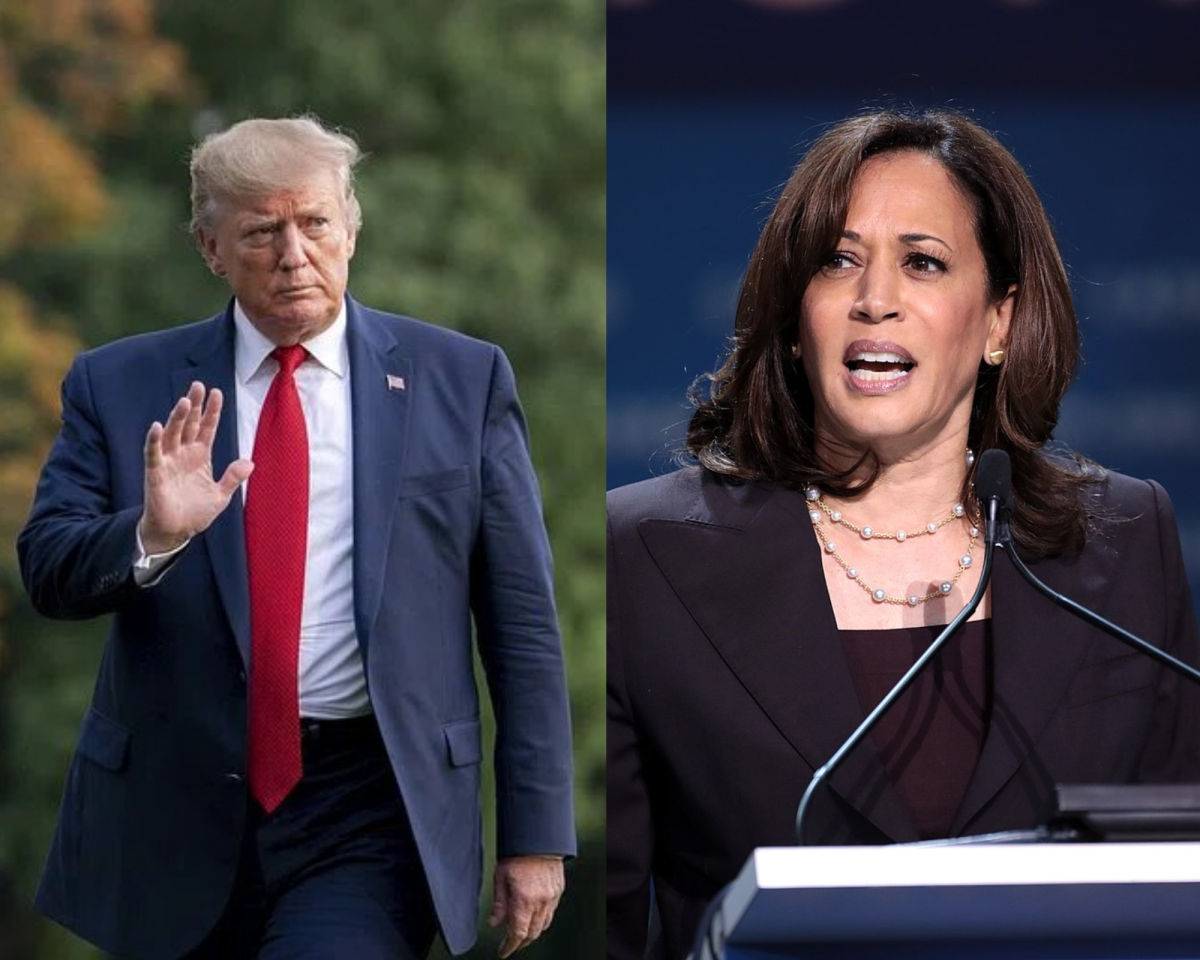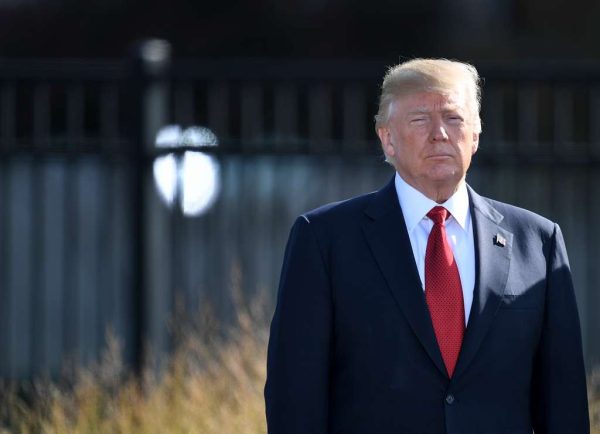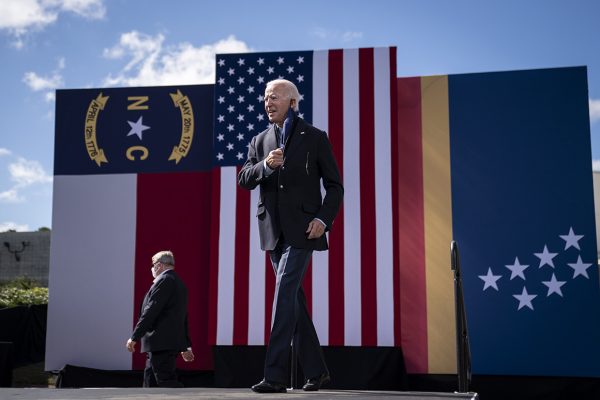Trans Military Ban
Outside of the White House, protesters take a stand against the new policy of the trans military. However, the supreme Court still has yet to finalize this policy and shut this currently open case.
January 26, 2019
On January 22, the Supreme Court declared that President Trump and his administration may ban transgender soldiers from the military unless they live as the gender that they were born as. This ruling goes back to 2017 when President Trump declared through social media his plans to reverse a policy that began under the Obama administration. Obama’s policy allowed all transgender men and women to serve while having the opportunity to have the government pay for sex-reassignment surgery if they had been diagnosed with gender dysphoria. One of President Trump’s key points is that it is a burden having to pay medical costs and that there is better use for the money used for sex-reassignment.
The federal district court has blocked a part of the trans-ban policy that would have discharged current transgender soldiers who have already undergone transition. However, no new transgender people will be able to enlist unless they are willing to live as their birth gender. According to the Pentagon, no changes will be noticeable until the many suits currently in the lower courts are decided. The Supreme Court refused to take over those cases.
All in all, it is estimated that in the past there has been over 15,500 transgender people serving in either the National Guard or Reserve Forces in the military. Due to this ruling, the United States will likely lose soldiers, and there will be continued controversy by people who disagree with the policy.






















